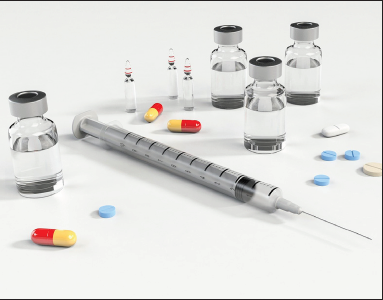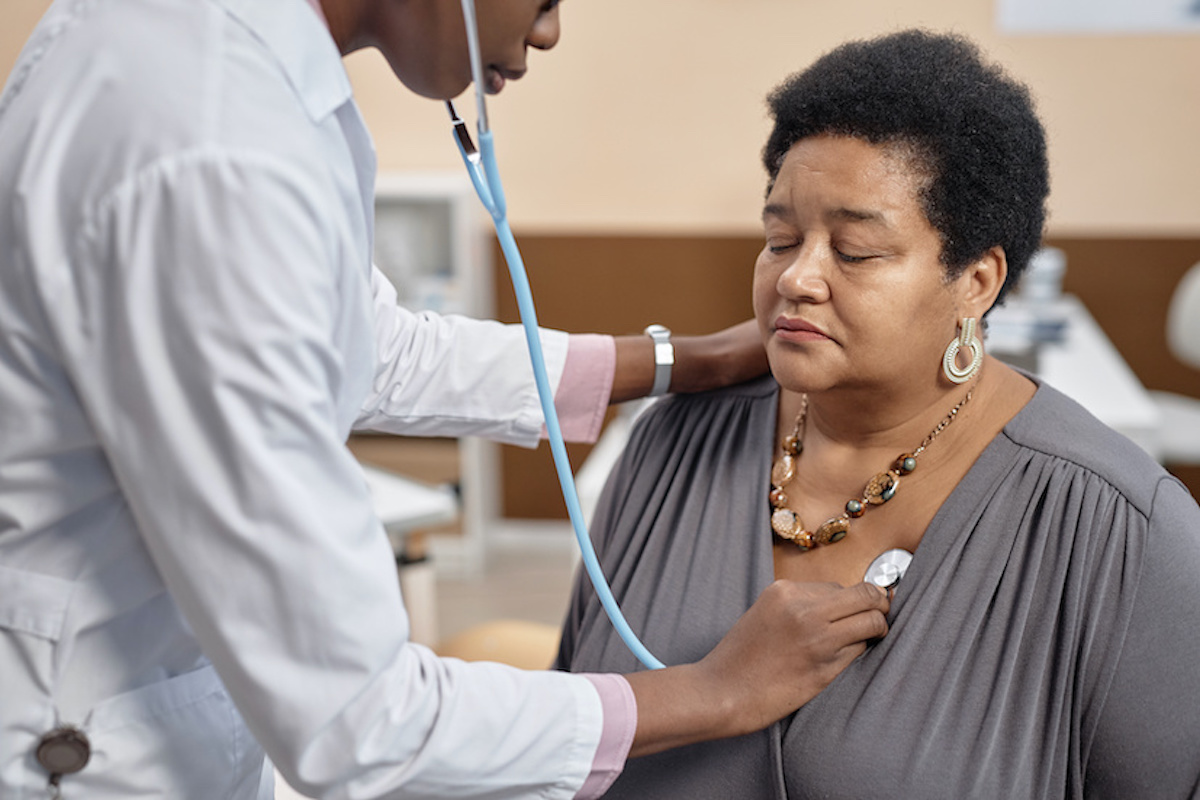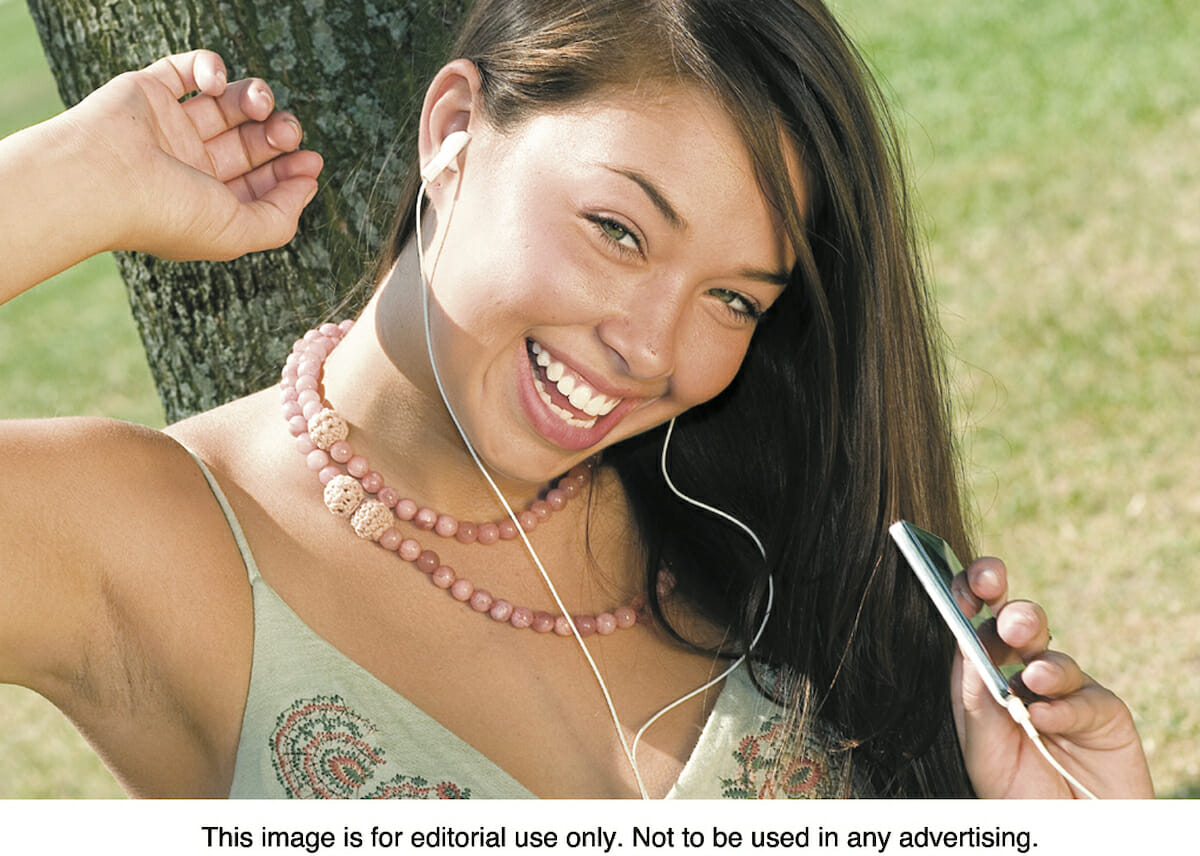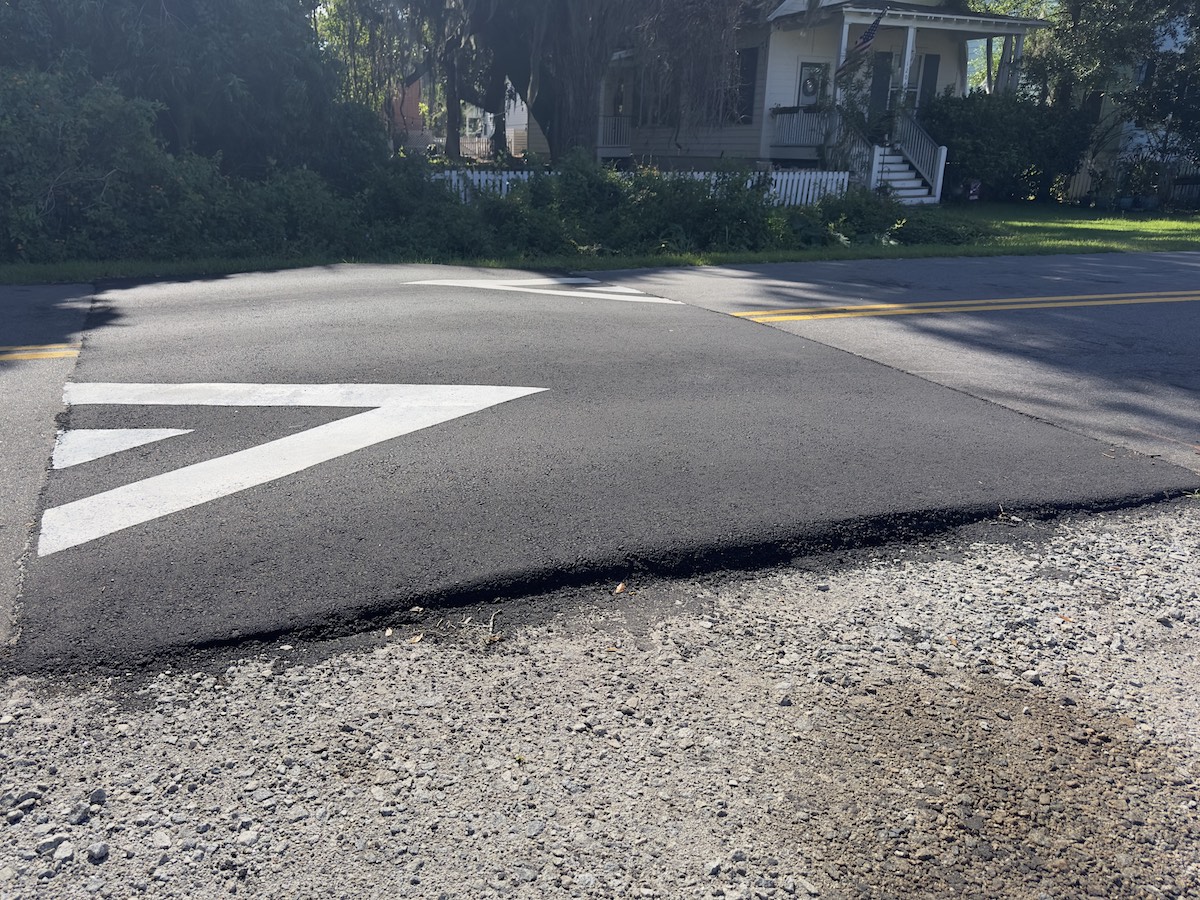It is essential to dispose of any unwanted medication safely to prevent other people or animals from taking them by mistake. Discarded drugs can harm people and the environment.
The Food and Drug Administration (FDA) has guidelines about how to properly dispose of medications, including pills, syringes, and inhalers.
The best way to dispose of most medications is to bring them to an official drug take-back facility. These are businesses or locations registered with the Drug Enforcement Administration (DEA) to collect old medicines. People can find their nearest facility through the DEA’s website.
People can flush certain dangerous drugs down the toilet to limit the risk of someone else using them or a pet consuming them. The FDA has a comprehensive list of these drugs.
Below, find a go-to guide for disposing of different types of medications in the United States.
Why is proper disposal important?
Some drugs can be very dangerous, or even fatal, for people who are not meant to take them. Children and pets may be especially at risk of coming into contact with improperly stored or disposed of drugs.
A person should dispose of any medication after its expiration date has passed. It is also important to dispose of medication that is:
unwanted
unused
damaged or contaminated in any way
unidentified
It is essential to dispose of unwanted or expired medication immediately. This can help prevent people from taking it accidentally or misusing potentially dangerous drugs.
It is also worth keeping in mind that people and animals outside the home may be at risk if they find improperly disposed of medication in the trash.
Unwanted or expired medication
Follow any disposal instructions provided for prescription or over-the-counter medicines. If there are no specific instructions on the packaging, check whether one of the following options might work:
Using a drug take-back location
The best way to dispose of most types of unused medication is to take it to a DEA-registered drug collection location. There, trained handlers dispose of it safely.
People can find their nearest drop-off location through an internet search or via the DEA’s website.
Drop-off locations dispose of:
prescription medicines
over-the-counter medicines
dietary supplements
It is a good idea to remove all personal details, such as name and address labels, before dropping drugs off.
Flushing medication
A person needs to dispose of some drugs immediately, as they can cause harm to others. If no take-back facility is available and the medication is on the FDA’s flush list, flush these drugs down the toilet right away.
The FDA recommends immediately flushing away diazepam rectal gel and methylphenidate transdermal system patches, as well as medications with the following words in their names:
benzhydrocodone
buprenorphine
fentanyl
hydrocodone
hydromorphone
meperidine
methadone
morphine
oxycodone
oxymorphone
sodium oxybate
tapentadol
Fentanyl patches, in particular, can harm anyone who has not received a prescription for them.
Fentanyl patches provide powerful pain relief medication through the skin. A significant amount of the drug remains in a patch after use, so it could harm anyone who picks it up by accident. The patches come with instructions about how to flush used and surplus ones safely.
The FDA believes that the potential risks of these medications, which can be fatal if improperly used, outweigh the potential impact of flushing them away on the environment.
In a 2017 study, researchers looked at the effects of medications on the FDA’s flush list entering water supplies. The results showed all drugs on the list posed an insignificant risk for both the environment and human health when flushed.
According to the FDA, a more considerable amount of drug waste enters water supplies due to medicines passing through the body and entering the waterways through human waste.
Putting medications in the trash
It is safe to dispose of most drugs in the trash if:
There are no drug take-back facilities locally.
The medication comes with no instructions about safe disposal
The medication is not on the flush list.
When throwing away medication:
Take it out of its packaging.
Mix it with a substance that will deter children and animals, such as dirt, cat litter, or coffee grounds.
Take care not to crush any tablets or capsules.
Place the medicine in a sealed plastic bag or another sealed container and throw it away.
Recycle the empty bottle or other packaging, taking care to obscure or remove any personal information first.
Needles and syringes
Properly disposing of needles and syringes helps prevent others from getting cuts or punctures.
People can dispose of needles and syringes at home by:
placing used ones into a sharps disposal container right away
keeping the container well out of the reach of children and animals
not overfilling a container
if traveling, carrying a travel-sized container
if traveling by plane, checking the Transportation Security Administration’s website for up-to-date policies
Once a sharps disposal container is three-quarters full, it is ready to be emptied.
A person may be able to get rid of sharps containers:
by dropping them off at collection sites, such as hospitals, doctors offices, and pharmacies
by dropping them off at waste collection points
using a mail-back program for FDA-approved containers
Sometimes, a trained collector can come to a person’s house to take away the containers.
Check with local trash removal services and healthcare facilities to find out what services are available and whether fees apply.
Inhaler products
Inhalers can be dangerous if they become punctured, are set on fire, or are thrown in an incinerator. Contact the local trash or recycling center to find out how best to dispose of inhalers and any aerosol products.
Summary
It is essential to dispose of unwanted medicines correctly. Children and pets may be especially at risk of consuming these drugs. Medications can be hazardous, and even fatal, if people misuse them or take them by accident.
The best way to dispose of medication is to take it to a registered drop-off collection point or have a trained waste handler collect it from the house.
If this is not possible, and the medication is on the FDA’s flush list, immediately dispose of it in the sink or toilet. For other medications, the next best option is to dispose of drugs in the trash, following the steps listed above.
Keep used needles and syringes in sharps disposal containers, and take any that are three-quarters full to a collection site. If there is no site nearby, a mail-back program may be an option.
Source: https://www.medicalnewstoday.com/articles/327319#summary
Exclusive content from CARE magazine











